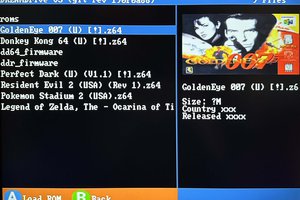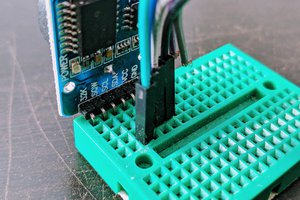Windy is still in the research phase; I have a general plan for the system and some of the lower-level components such as the power switch with tachometer compensation as well as the software for the control and synchronization of the fans, but very little has been actually executed in HW yet.
Windy
A connected, multi-way fan controller with synchronization and temperature logging
 Dave
Dave

 Kaili Hill
Kaili Hill
 Alexander
Alexander
 Nate Rivard
Nate Rivard